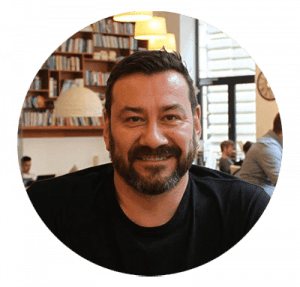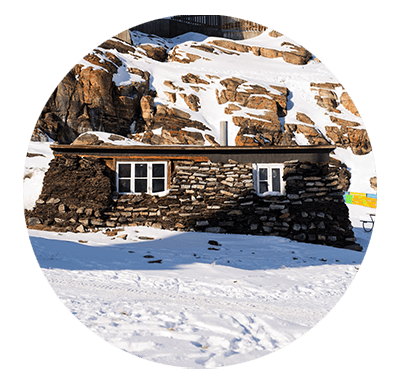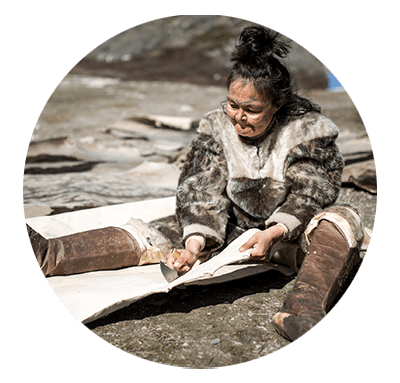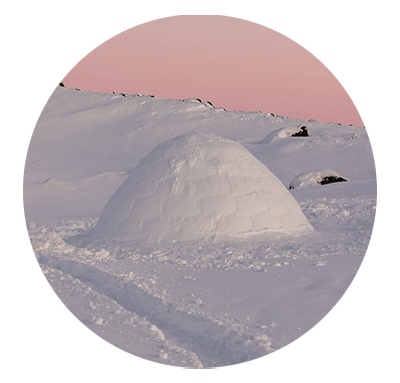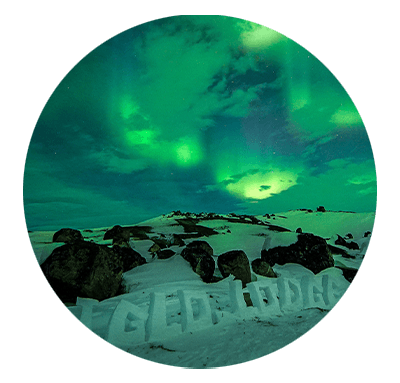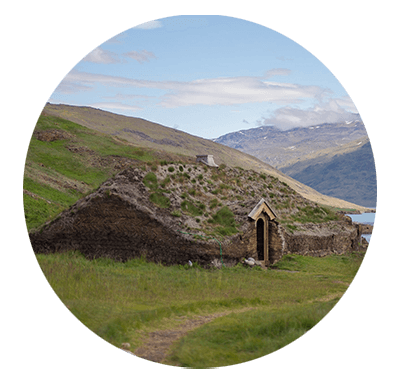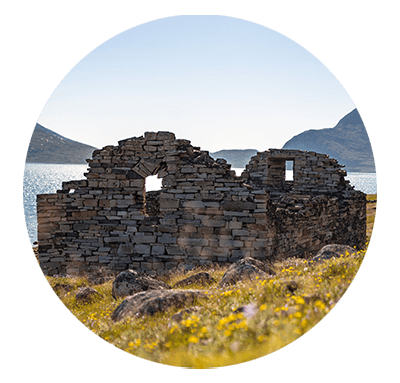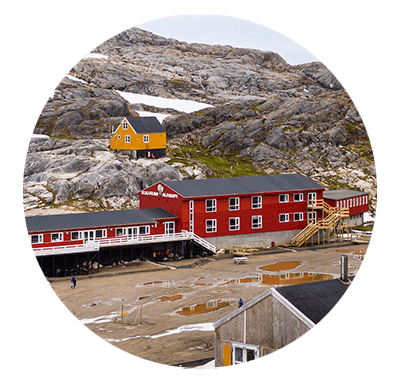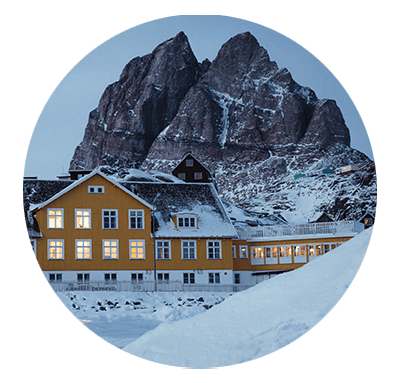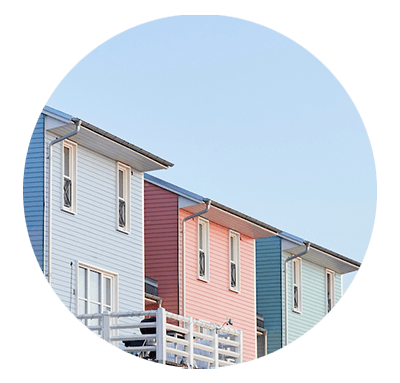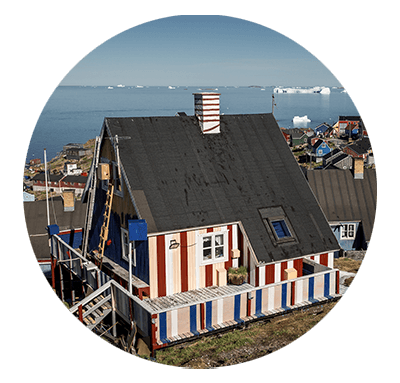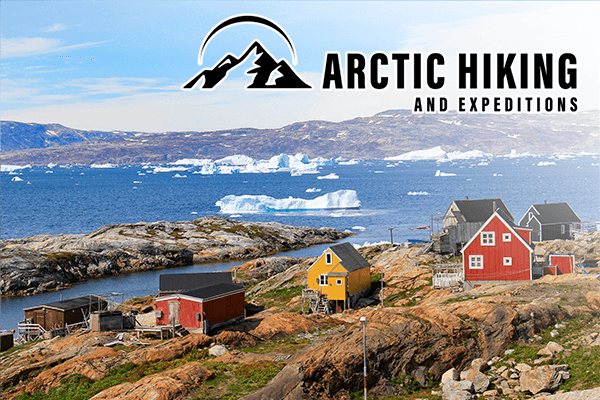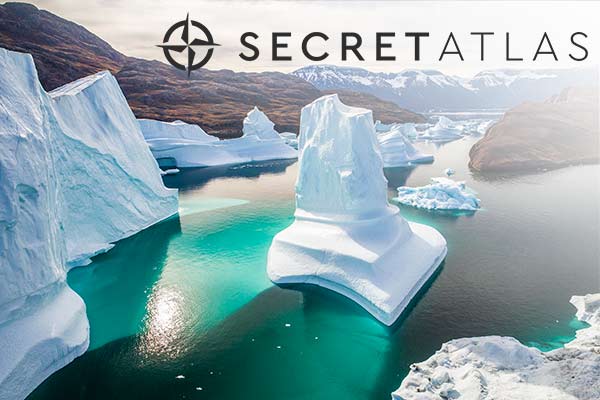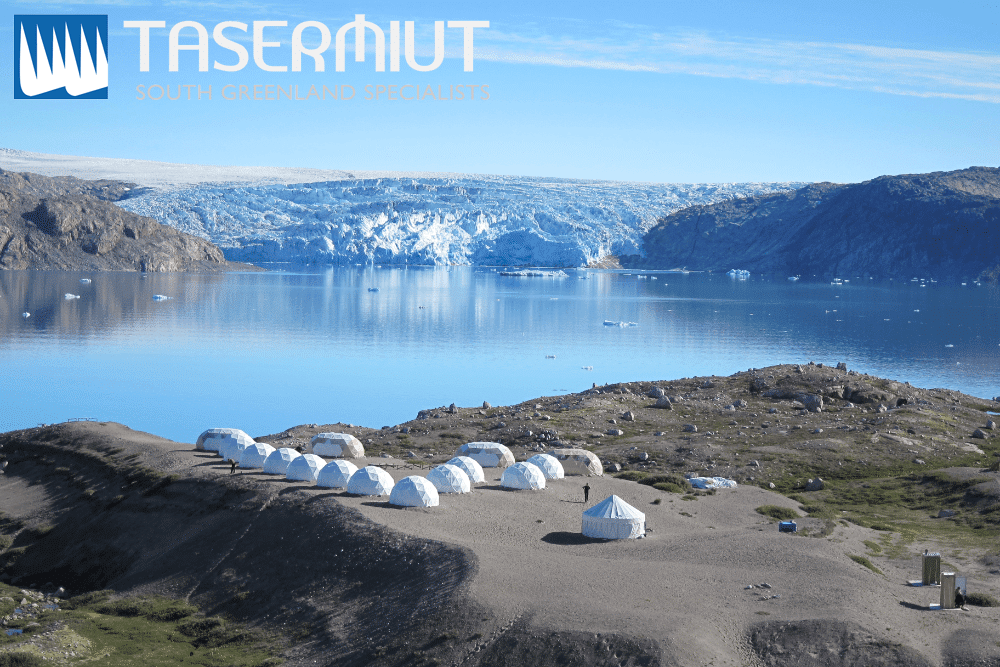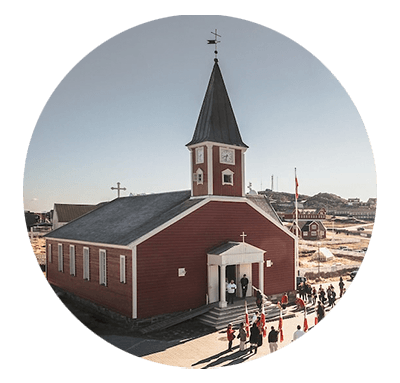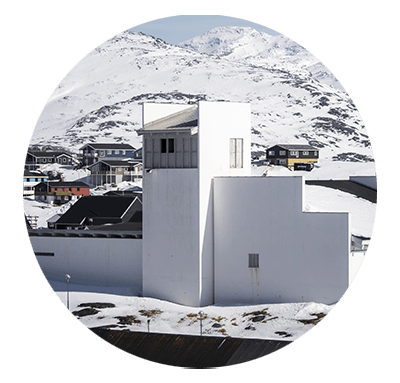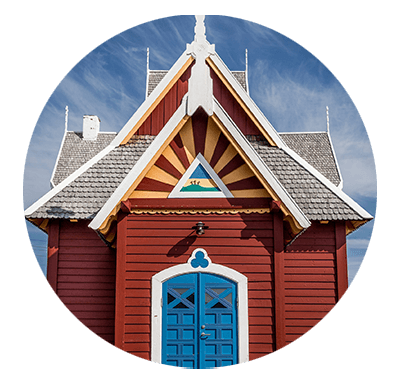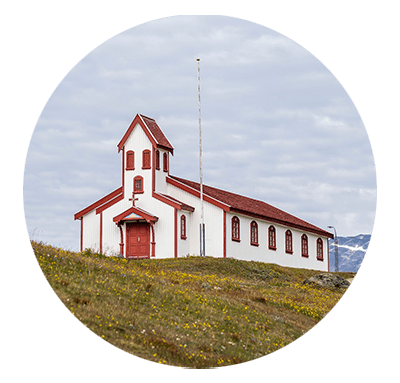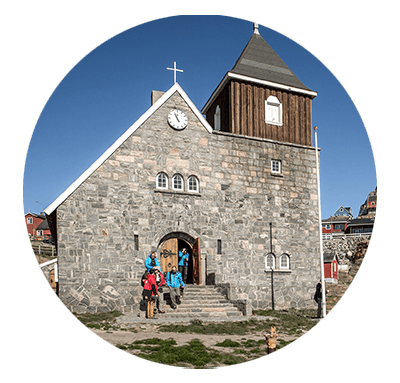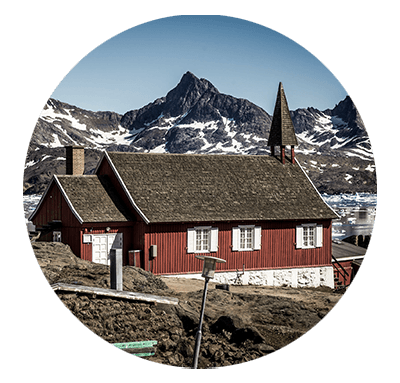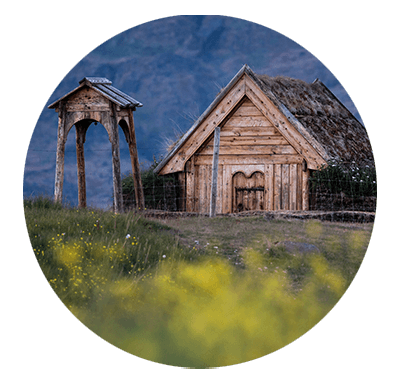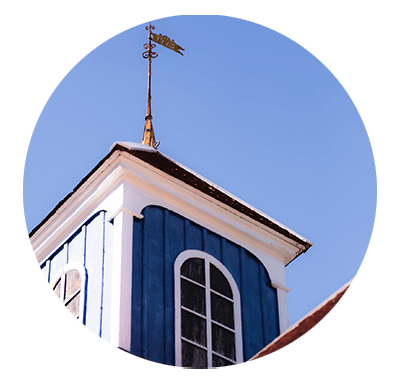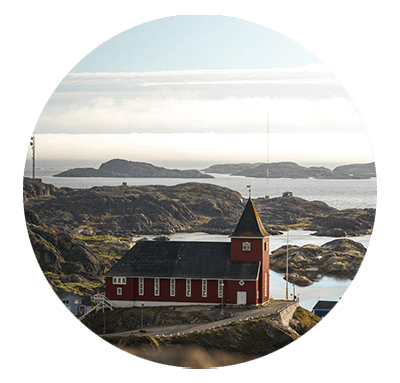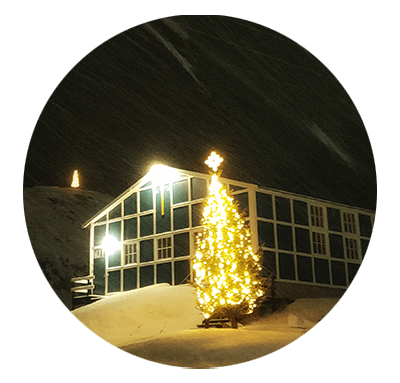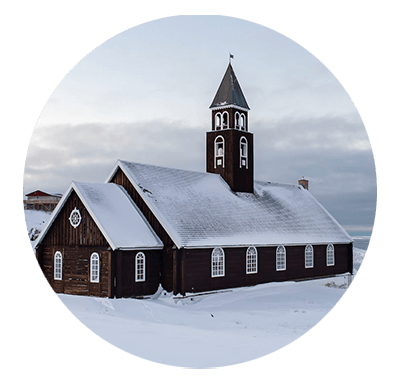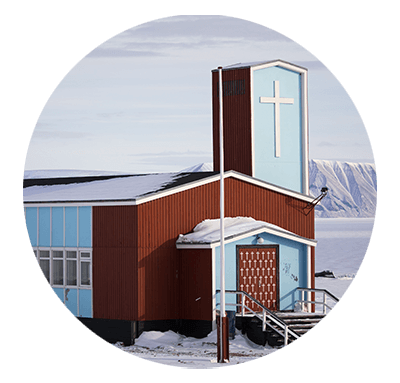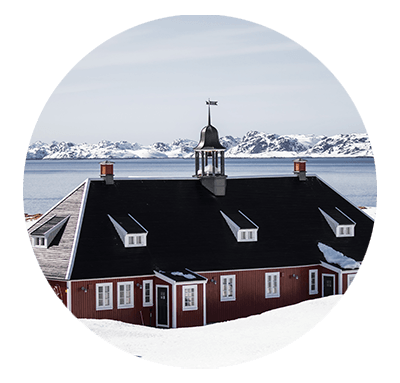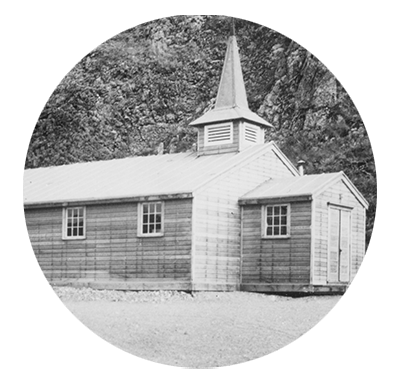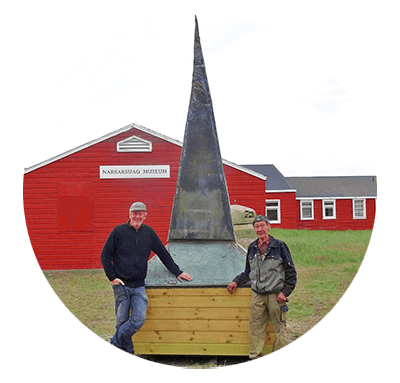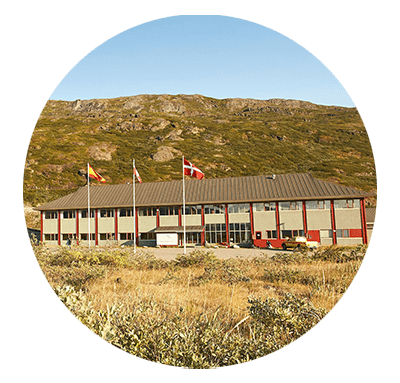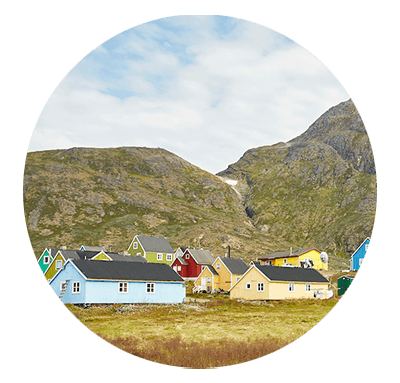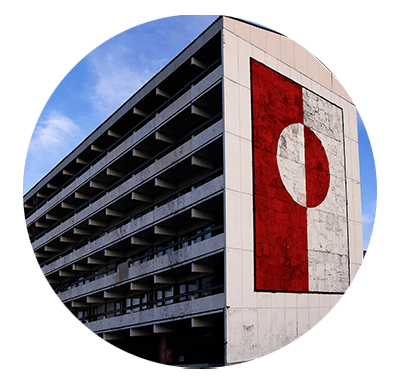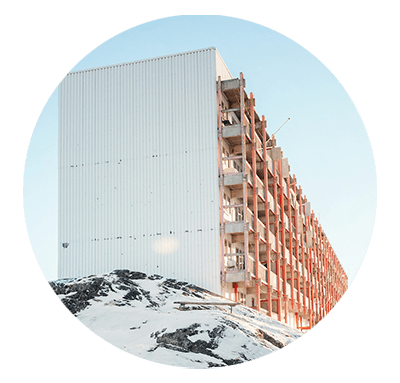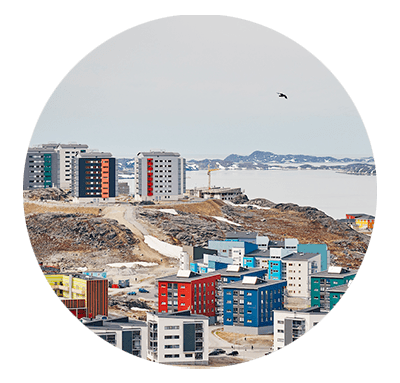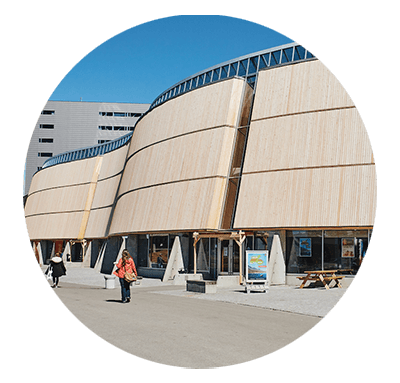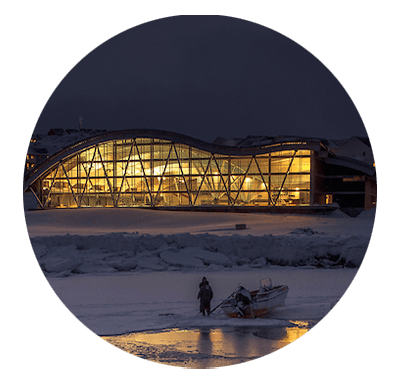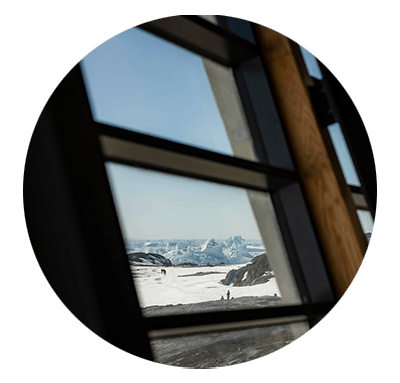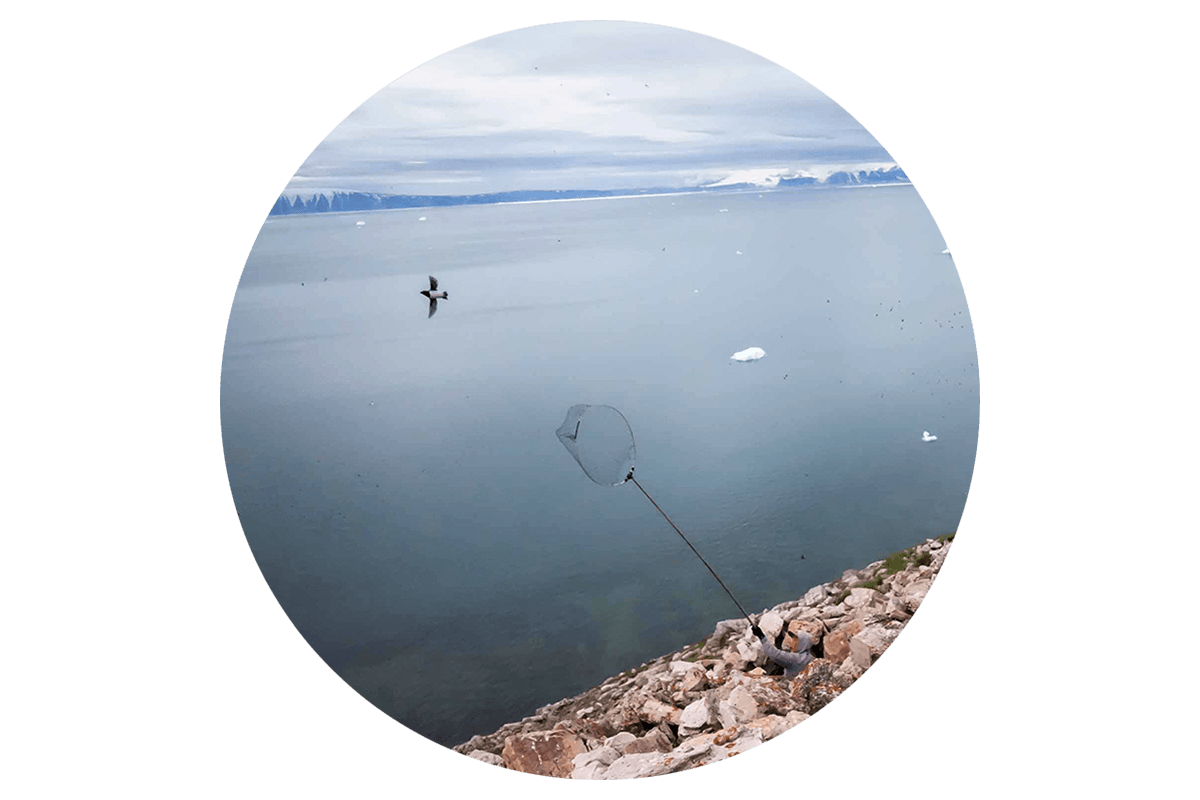It was easier to prepare the land and building development with new roads and sewerage systems in some towns than in others. To this day, many houses in Greenland still do not have water closets, and these houses are visited by the “chocolate truck” every week (the chocolate truck is slang for a sewage truck, of course).
Large apartment blocks were also built, as many people moved from smaller settlements to the towns where new fish factories were built, and local labor was needed. As a result, these fish processing plants became synonymous with progress, and along with larger towns like Sisimiut and Ilulissat, smaller towns like Narsaq and Qasigiannguit, among others, prospered.
Today,
Nuuk is the largest town in Greenland, and 1/3 of the population lives here. Nuuk has surpassed everyone’s expectations, but for many years, what happened in Nuuk was also what happened in most other towns, just on a larger scale. So even if Nuuk stands out a lot architecturally, the way Greenland was developed in many towns was similar to the development of Nuuk.
Some towns were spared the big apartment blocks, e.g., Qasigiannguit, Tasiilaq, and smaller settlements. In contrast, modern times arrived with large blocks in towns like Qaqortoq, Narsaq, Nuuk, Paamiut, Sisimiut, and Maniitsoq.
Today, these apartment blocks are very varied, some beautiful and impressive, while others are plain hideous, the leftovers of 1960’s building styles that have blemished the entire world.
In Nuuk, there is a huge difference between the apartments of the 1960s and 1970s and today. Nuuk architecture has changed tremendously, so let’s have a look at the development of Nuuk.


